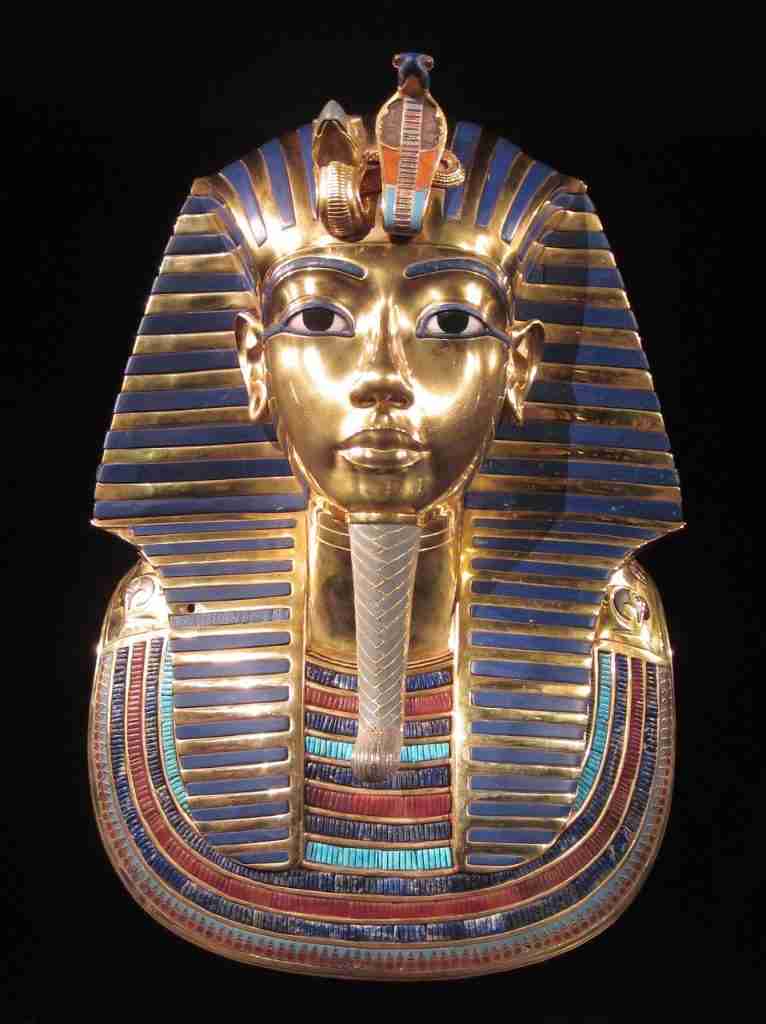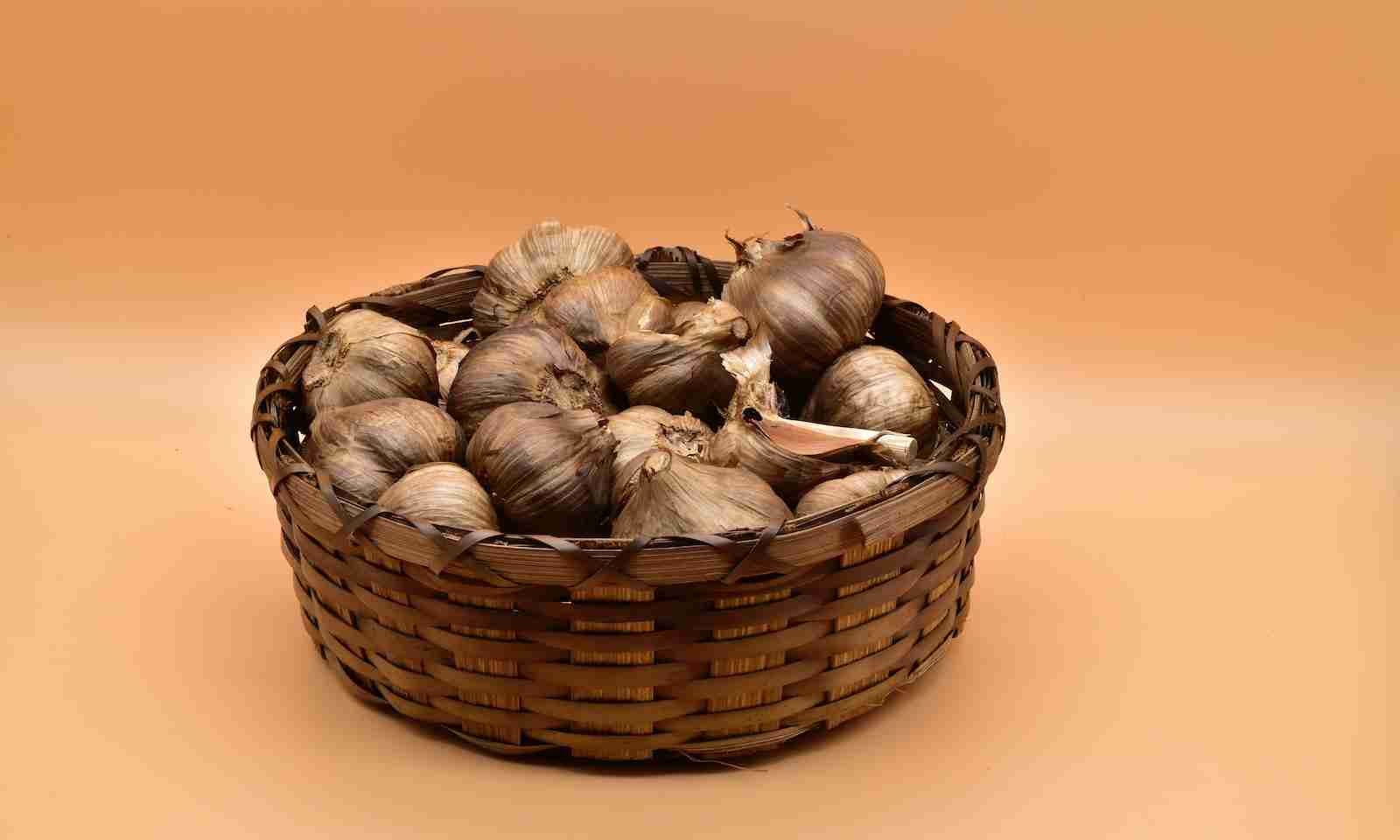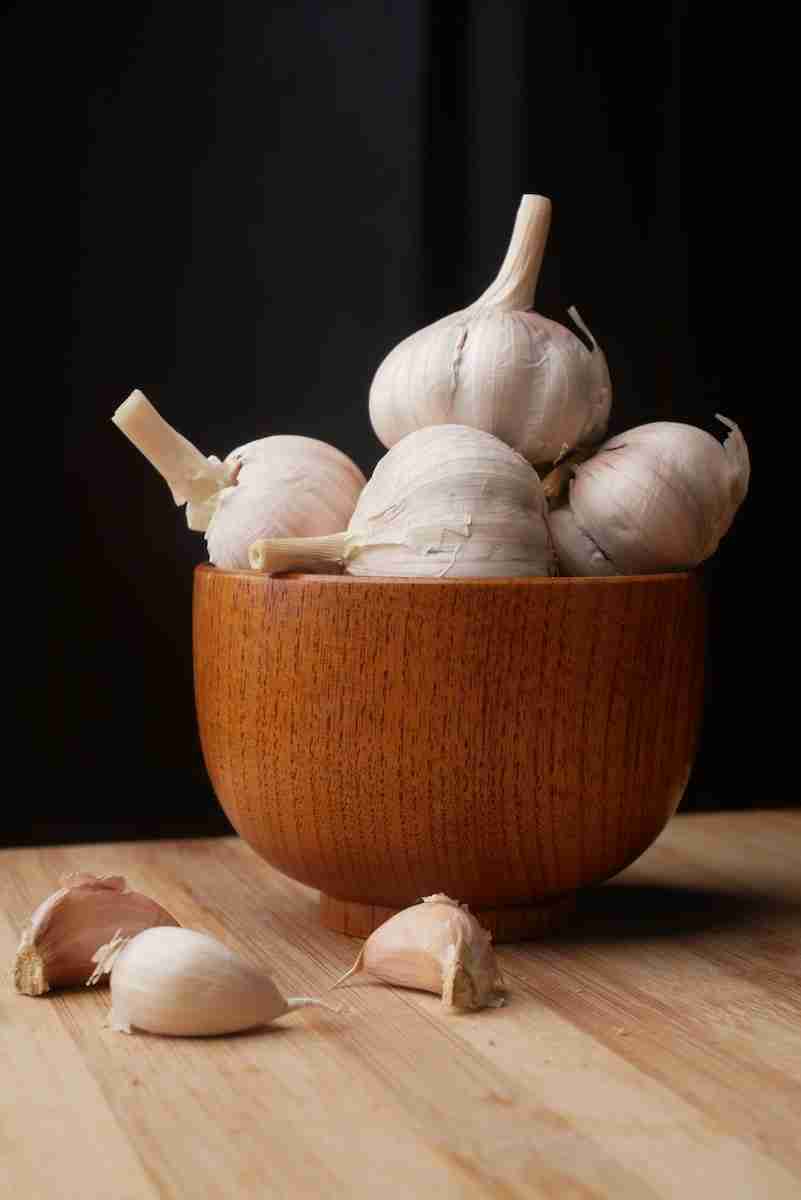25 Fun Facts About Garlic | Pungent Powerhouse
1. Garlic is one of the oldest cultivated plants.
Garlic has been cultivated and used for over 5,000 years. Its usage dates back to ancient civilizations like the Egyptians and Babylonians.
It was valued for its culinary and medicinal properties.
2. Garlic is related to lilies.
Garlic is a member of the Allium family, which includes onions, leeks, and chives. Surprisingly, it’s also closely related to the Lily family.
This relation is visible in its bulbous growth and floral structure.
3. China produces the most garlic worldwide.
China is the largest producer of garlic, accounting for over 70% of global production. This massive cultivation aligns with garlic’s prominence in Chinese cuisine.
China’s garlic production far exceeds that of any other country.
4. Garlic was used in ancient Egypt for strength.

Ancient Egyptians believed garlic provided strength and endurance. They fed it to laborers building the pyramids and to soldiers going to war.
This practice highlights garlic’s long-standing association with health benefits.
5. Garlic was used as currency in ancient times.
In ancient cultures, garlic was so valued that it was used as currency. Its medicinal properties and long shelf life made it a valuable commodity.
It was even used to barter for goods and services.
6. There are over 300 varieties of garlic, which is one of the interesting fun facts about Garlic.
Garlic comes in various types, with over 300 varieties identified. These varieties differ in size, flavor, and color.
They are categorized into two main types: hardneck and softneck.
7. Garlic’s strong smell is due to allicin.
The distinct smell of garlic comes from a compound called allicin. This compound forms when garlic is crushed or chopped, releasing its pungent aroma.
Allicin is also responsible for many of garlic’s health benefits.
8. Garlic can combat the common cold.
Garlic is known for its immune-boosting properties. Studies suggest it can reduce the incidence of the common cold and alleviate symptoms.
Its antibacterial and antiviral properties play a key role in this benefit.
9. Eating parsley can neutralize garlic breath.
Garlic breath can be neutralized with natural remedies like parsley. Chewing parsley after consuming garlic helps eliminate the strong odor.
This is due to the chlorophyll in parsley, which acts as a natural deodorizer.
10. Garlic was used in World War I for wound treatment.
During World War I, garlic was used as an antiseptic for treating wounds. Its antibacterial properties helped prevent infections in injured soldiers.
This use illustrates garlic’s historical role in medicinal applications.
11. Garlic is a natural insect repellent.
Garlic’s strong aroma is effective in repelling insects like mosquitoes. Gardeners often plant garlic near other crops to keep pests away.
This natural repellent property is due to garlic’s potent compounds.
12. Garlic was once believed to ward off vampires.

Folklore in many cultures held that garlic could repel vampires. This belief led to the tradition of hanging garlic over doors and windows.
It’s a testament to garlic’s pervasive presence in myths and superstitions.
13. April 19th is National Garlic Day.
In many countries, April 19th is celebrated as National Garlic Day. This day honors garlic’s culinary and health contributions.
It’s a day for garlic enthusiasts to enjoy and appreciate this versatile bulb.
14. “Garlic breath” is caused by sulfur compounds.
The infamous garlic breath results from sulfur compounds released during digestion. These compounds enter the bloodstream and lungs, affecting breath.
Despite this, garlic’s health benefits often outweigh concerns about its odor.
15. Raw garlic is more potent than cooked garlic.
Raw garlic contains more potent medicinal properties than cooked garlic. Cooking can diminish some of garlic’s beneficial compounds.
For maximum health benefits, consuming garlic raw is often recommended.
16. Garlic was found in King Tutankhamun’s tomb.

Garlic cloves were discovered in the tomb of the Egyptian Pharaoh Tutankhamun. This finding indicates garlic’s value in ancient Egyptian culture.
It was likely placed there to aid the Pharaoh in the afterlife.
17. Garlic is a perennial plant.
Garlic is a hardy perennial, meaning it can live for more than two years. It’s often planted in the fall and harvested in the summer.
Garlic’s lifecycle allows it to return yearly when left unharvested.
18. What vitamins are present in garlic?
Garlic is a good source of various vitamins, including vitamin C, vitamin B6, and small amounts of other vitamins. These contribute to its nutritional value.
19. The largest garlic bulb weighed over 290 grams.
The world record for the largest garlic bulb is over 290 grams. This gigantic bulb was grown by a gardener in the UK.
It showcases the potential size that garlic can achieve under optimal conditions.
20. Garlic improves cardiovascular health.
Garlic is known to have beneficial effects on heart health. It can help lower blood pressure and reduce cholesterol levels.
These cardiovascular benefits are attributed to garlic’s unique compounds.
21. Green shoots in garlic can be bitter.
When garlic sprouts green shoots, it’s still safe to eat but may taste bitter. The shoots indicate the garlic is aging and losing some potency.
Removing the sprouts can reduce the bitterness.
22. California produces the most garlic in the U.S.
California is the leading garlic producer in the United States. The town of Gilroy in California is known as the ‘Garlic Capital of the World.’
It hosts an annual garlic festival celebrating the crop.
23. Garlic was used in medieval Europe for medicinal purposes.
In medieval Europe, garlic was a common remedy for various ailments. It was used to treat everything from stomachaches to heart disease.
This historical use underscores garlic’s long medicinal history.
24. Black garlic has a sweet, syrupy taste.

Black garlic, made by fermenting regular garlic, has a unique sweet and syrupy taste. This process alters the flavor, making it less intense and more mellow.
Black garlic is gaining popularity in gourmet cooking.
25. Garlic is a rich source of vitamins and minerals.
Garlic is not only flavorful but also nutritious, containing vitamins C and B6, manganese, and selenium. It’s low in calories but high in beneficial nutrients.
These nutritional properties make garlic a healthy addition to any diet.
FAQs
Garlic is low in calories, with approximately 4 calories per clove. It adds flavor to dishes without significantly impacting calorie intake.
Eating raw garlic has potential health benefits, including boosting the immune system, reducing blood pressure, and providing anti-inflammatory effects due to its active compounds.
A single clove of garlic is one segment of the bulb. The size can vary, but on average, one clove provides the distinct garlic flavor used in cooking.
Certainly! A simple garlic sauce recipe involves minced garlic, olive oil, and optional herbs. Sauté the garlic in olive oil until golden, add herbs if desired, and use the sauce for pasta, vegetables, or as a dip.
Garlic has numerous health benefits, including its potential to lower cholesterol, improve heart health, and act as a natural antibiotic. Its sulfur compounds contribute to its medicinal properties.







